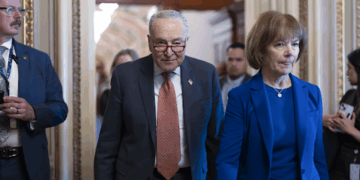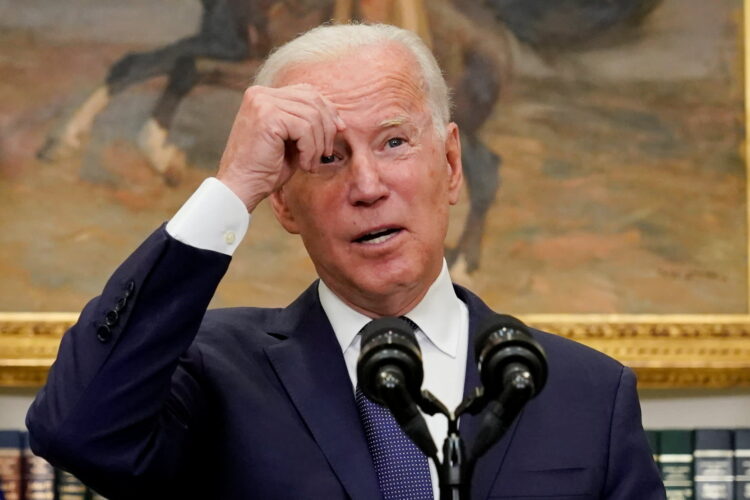Despite President Joe Biden’s commitment to reducing audits on the middle class while increasing scrutiny on the ultra-wealthy, recent data suggests a disparity between the goals and the actual implementation of this policy. As of the summer of 2023, a significant portion of the IRS audits targeted taxpayers earning less than $200,000 annually. According to data compiled by The Wall Street Journal’s editorial board, 63% of new audits fell into this income bracket, identifying these individuals as the “IRS’s most wanted.”
This ongoing issue was underscored by a March report from the U.S. Treasury Inspector General for Tax Administration (TIGTA), which highlighted the IRS’s slow progress toward its transformational goals. Despite having an operational blueprint aimed at overhauling its audit strategy to focus more on high earners and big corporations, the IRS has completed just 33% of its planned 58 milestones for Fiscal Year 2023.
In response, the IRS has announced plans to intensify audits on large corporations, partnerships, and multimillionaires in the coming years, backed by $60 billion in funding from the 2022 Inflation Reduction Act. The agency’s goal is to nearly triple the audit rate for corporations with assets over $250 million to 22.6% by 2026, up from 8.8% in 2019.
Despite these ambitious targets, data from the Transactional Records Access Clearinghouse at Syracuse University indicates that individuals earning up to $200,000 are still the most frequently audited, accounting for 67% of all cases.
Moreover, the audit efforts aimed at the ultra-wealthy have been lagging. The TIGTA report notes that the IRS is only in the early stages of hiring the necessary cohort of revenue agents and specialists to manage audits for large corporations and high-income individuals. This indicates significant delays and operational challenges in shifting the IRS’s focus from the middle class to the ultra-wealthy as initially intended.

































